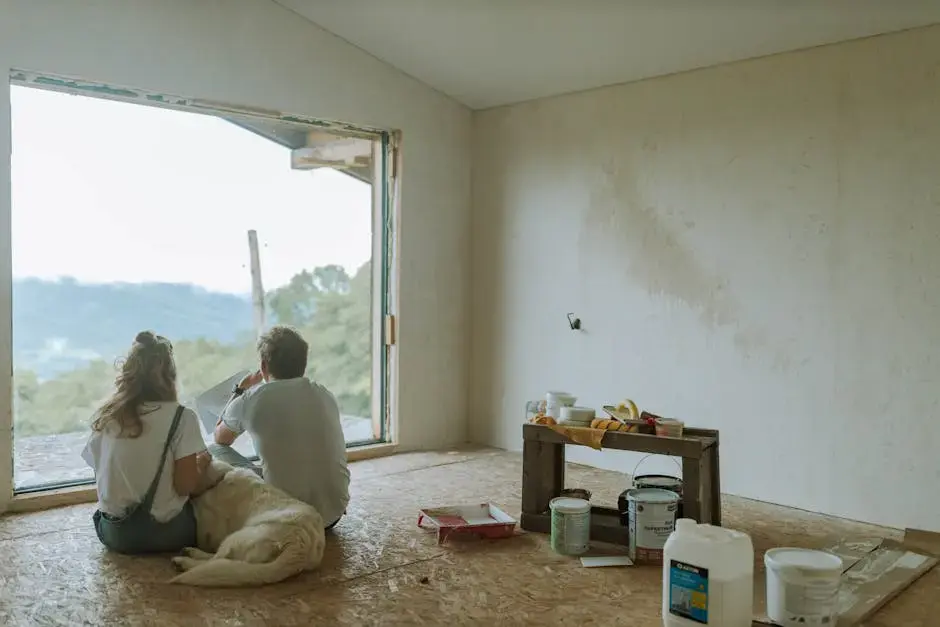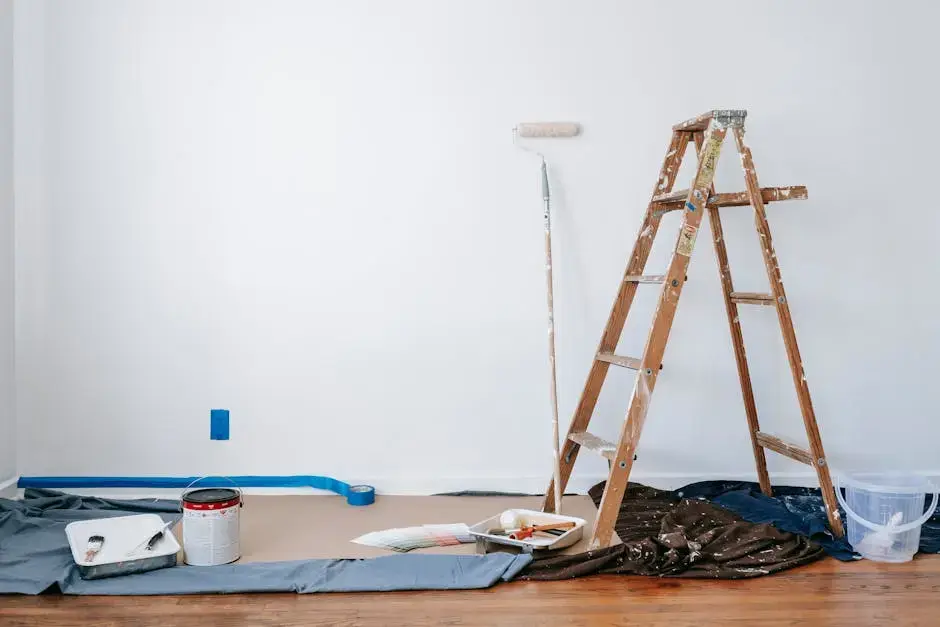8 Common Mistakes to Avoid During Your Kitchen Renovation
- Kyle + Raquel

- Mar 27
- 4 min read
Embarking on a kitchen renovation can be both exciting and daunting. With so many decisions to make, it's easy to overlook important details. To help you navigate this transformative process with ease, we've compiled a list of common pitfalls you should avoid. Let's dive in and ensure your kitchen turns out just as you dreamed!

1. Neglecting a Solid Plan
Planning is essential for a successful renovation. Without a clear vision, you may face unexpected challenges and costs. Take the time to sketch out your ideas, set a budget, and outline your priorities. Begin by understanding the layout; is the kitchen triangle effective? Consider how you move within the space, and if you need to reposition appliances for optimal workflow.
Additionally, a solid plan helps you envision the final product. Include details like color schemes, materials, and finishes. Don't hesitate to create mood boards or collect samples to articulate your vision clearly. This way, you can maintain focus and direction throughout the renovation process, reducing the likelihood of second-guessing essential decisions along the way.

2. Overlooking Functionality
While aesthetics are important, functionality should never take a back seat. Consider your cooking habits and how you use your kitchen. A well-designed kitchen marries beauty with practicality. For instance, think about how many people will use the kitchen at once or if you'll often entertain guests. Ensuring your renovation supports a smooth workflow is critical.
You might want to incorporate features like a kitchen island for additional prep space or installing pull-out drawers to maximize storage. Factor in the placement of appliances and storage spaces to ease movement and improve usability. Remember, a stunning kitchen can quickly become a stressor if it doesn’t cater to your day-to-day needs.
3. Skipping the Research
Not researching materials, appliances, and designs can lead to poor choices. Exploring different options can save you money and elevate your kitchen's design. Check customer reviews, ask friends or family about their experiences, and always consult online resources. There’s no shortage of ideas out there, and learning from others can drastically improve your outcome.
Investing time in research also involves understanding current trends versus timeless designs. While it's tempting to go for the latest trend, you want your kitchen to remain stylish and functional for years to come. Delve into the pros and cons of materials like granite versus quartz or the sustainability of different woods. This knowledge equips you to make informed decisions that you'll love long after the renovation is complete.
4. Underestimating the Budget
It's easy to overlook costs, but underestimating your budget is a common mistake. Account for each aspect of the renovation, including unexpected expenses, to prevent a budget crisis down the road. From high-end finishes to unexpected plumbing issues, these expenses can add up quickly. It's wise to allocate at least 10-20% of your budget for contingencies.
Creating a detailed budget can empower you to make more confident decisions right from the start. Break down your budget into categories—materials, labor, design fees, and appliances. Ensure that each facet of your kitchen renovation is accounted for, so you know where funds are being allocated. This clarity helps prevent overspending in one area while leaving other crucial aspects underfunded.
5. Ignoring Professional Help
Some projects are best left to the professionals. Trying to do everything yourself can lead to mistakes and subpar results. Although it's tempting to save on labor costs by tackling the entire renovation solo, consider hiring specialists for complex tasks. Plumbers, electricians, and contractors bring expertise that can save time and avoid costly errors down the line.
Additionally, collaborating with professionals can provide you with new insights and ideas you may not have considered. Their experience can help you navigate tricky decisions regarding materials or design layouts, enhancing both the beauty and functionality of your kitchen. Don't hesitate to consult or hire experts when needed; in the end, your peace of mind will be worth the investment. Plus, who doesn't love a 3D rendered view of your home renovation before you invest!?
6. Choosing Style Over Substance
Trendy designs can be alluring, but they shouldn't compromise the functionality or durability of your kitchen. While you might be captivated by trendy looks, ensure that it remains practical for everyday use. Opt for materials that can withstand the rigors of daily life, and incorporate patterns or colors that resonate with your personality without overshadowing usability. We love quartz countertops in kitchens for a marble look with way more durability!
Instead of sacrificing substance for style, seek designs that harmonize both aspects. For example, investing in quality cabinetry that can withstand wear and tear is far more valuable than purely aesthetic upgrades. In that way, you’ll cultivate a timeless environment where beauty and functionality coexist, making your kitchen a joy to use day in and day out.

7. Rushing the Process
Renovations take time, and rushing can lead to hasty decisions that you may later regret. Patience is key in a kitchen remodel. Rather than pushing through quickly, allocate time to ponder design choices and material selections. Create a timeline that allows you to thoughtfully approach each stage of your renovation; this will pave the way for better outcomes.
Moreover, don’t underestimate the power of a well-managed timeline. Allow yourself to embrace the creative process. Remember, this isn’t just an upgrade; it's the transformation of an essential space in your home. Embrace the journey, and understand that doing it right the first time mitigates future headaches.
8. Neglecting Lighting
Good lighting can make or break a kitchen. Don’t forget to incorporate a variety of light sources to enhance the ambiance and functionality of your new space. Layering your lighting with ambient, task, and accent options can create a warm and inviting atmosphere while serving practical purposes, such as improving visibility for cooking and cleaning.
In addition, consider natural light sources as part of your design. Skylights or larger windows can contribute to a brighter, cheerier kitchen. Keep in mind that the right lighting can also affect your mood and the perception of space; a well-lit kitchen feels larger and more welcoming. By investing thought into your lighting strategy, you're effectively elevating your kitchen’s overall aesthetic and utility.







Comments